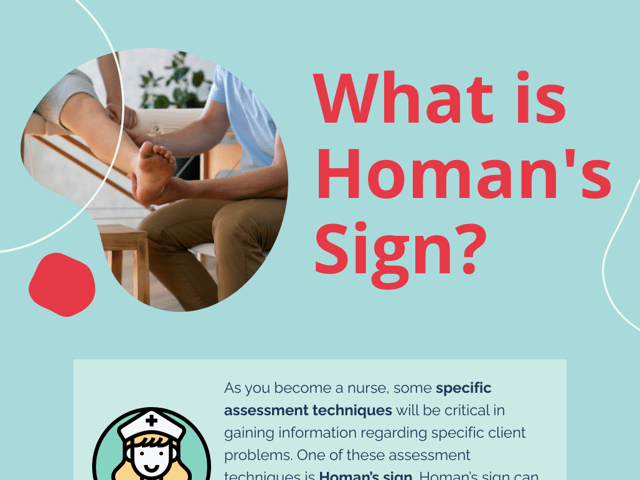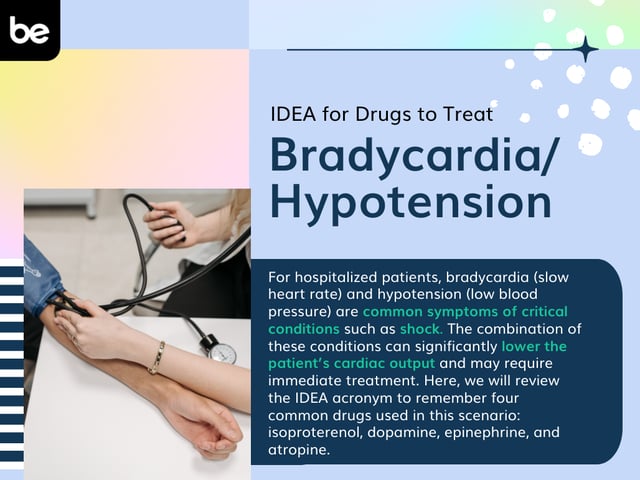
What is Homan’s Sign?
As you become a nurse, some specific assessment techniques will be critical in gaining information regarding specific client problems. One of these assessment techniques is Homan’s sign. Homan’s sign can be used in conjunction with other examination techniques to help assess for deep vein thrombosis (DVT).
Homan’s Sign and Deep Vein Thrombosis
Deep vein thrombosis (DVT) is a common medical condition where blood clots form in the deep veins throughout the body. They most often occur in the veins of the lower extremities. DVTs can also occur in the upper extremities.
Clients with a DVT often present with specific symptoms. These include:
- Swelling of the affected extremity
- Localized erythema
- Warmth of the affected extremity
- Pain
DVTs that have broken apart and travel through the circulatory system place clients at high risk for pulmonary embolism. Pulmonary embolisms can be fatal. Prevention and early recognition of DVTs is critical to preventing further complications related to the blood clot. Homan’s sign can be used in the clinical setting to help nurses assess for DVT.
How to Assess Homan’s Sign
To assess for Homan’s sign, the nurse should perform the following steps:
- Lay the client supine.
- Extend the client’s knee so it lays flat.
- Raise the leg, keeping the knee extended to 10 degrees.
- Passively then abruptly dorsiflex the foot while squeezing the calf with the hand holding the leg.
- Assess for calf pain or tenderness.
What the Results Mean
Homan’s signs can be either positive or negative. To elicit a positive response, the client will have pain with foot dorsiflexion and calf squeezing. To elicit a negative response, the client will not have any pain.
Nurses must be aware of the common assessment errors when performing this exam. Nurses must ensure that the client’s knee is fully extended and the foot is dorsiflexed enough to interpret the result.
Homan’s sign is not the most reliable exam to diagnose a DVT. It can also cause a pain response related to a variety of diagnoses. However, it is still important to know how to perform this assessment as information gained can help direct client management.
Nurses can use specific assessment techniques to help identify healthcare conditions which can be critical to client management. Understand how and when to perform the Homan’s sign assessment in preparation for the NCLEX exam and your nursing career.

Keep Reading

National Council Licensure Examination-Registered Nurse Blog
What to Expect in Nursing School Clinicals
The clinical experience is a rite of passage for all nursing students, …

National Council Licensure Examination-Registered Nurse Blog
What is the NCLEX Next Generation (NGN) Exam?
If you’re interested in becoming a registered nurse, you likely know th…

National Council Licensure Examination-Registered Nurse Blog
IDEA for Drugs to Treat Bradycardia/Hypotension
For hospitalized patients, bradycardia (slow heart rate) and hypotensio…